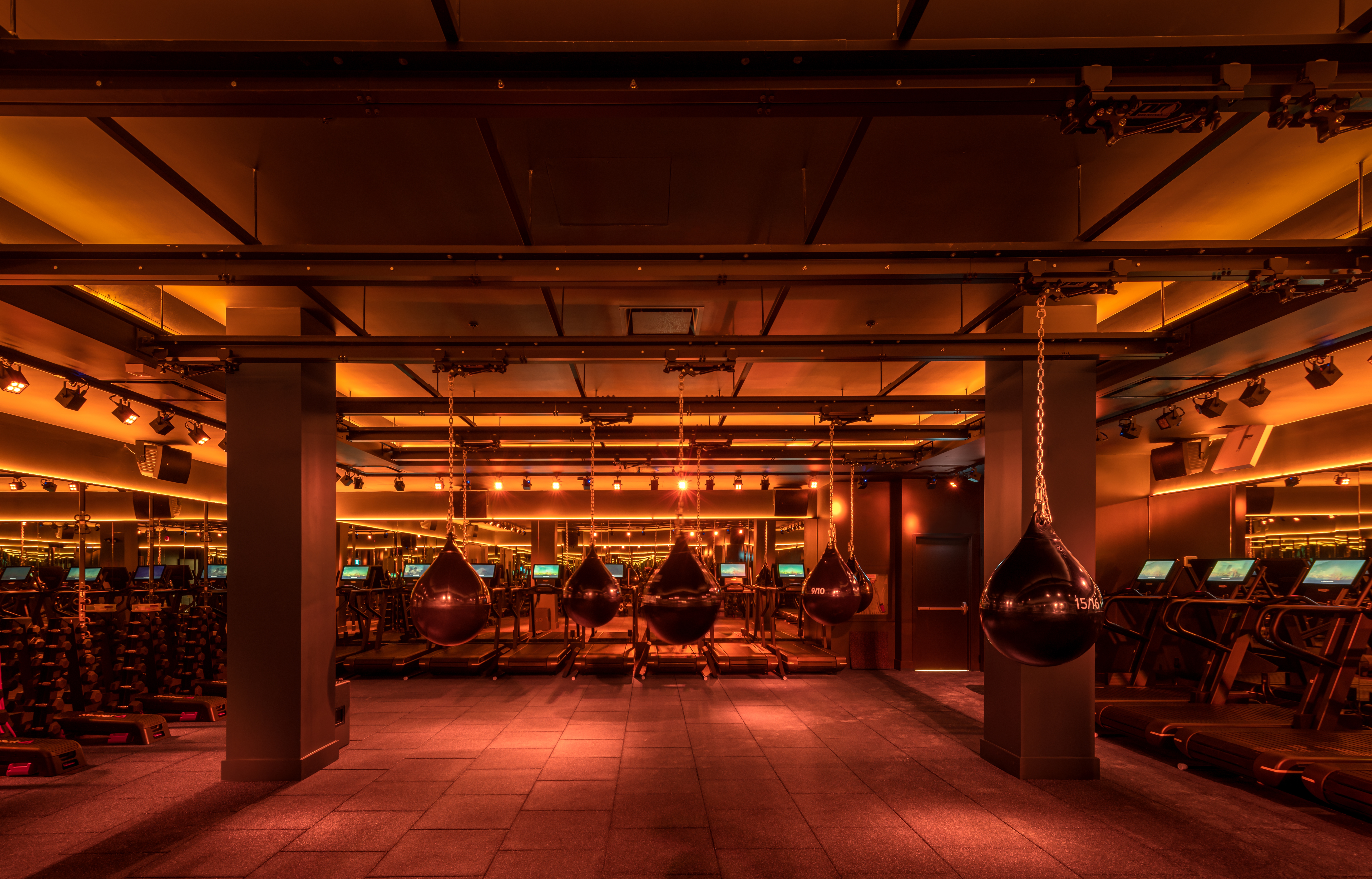Mar 30, 2023
Wellness practices fuel fitness sector growth: Experts
, BNN Bloomberg
Boutique gym owner on the challenges of bringing classes back in studio
Canada’s fitness industry is beginning to offer blended services that focus on not only physical, but also mental restoration, experts say.
Regular workout classes are evolving to include infrared spaces or meditation offerings, while others focus on cold therapy. This approach to fitness could be viewed as a well-rounded approach, but it does come with a cost as self-care practices become more prominent.
The health and fitness sector in Canada is worth $4.7 billion as of 2023, according to industry tracker IBISworld. This year, wellness trends, which include group bonding and multi-sensory experiences, are projected to have a greater presence within the industry, research from the Global Wellness Summit is predicting.
“The mix of wellness tactics seeping into the fitness space is just a reflection of the industry shifting into a lifestyle for people,” Sonia Jhas, a fitness expert and author of "I'll start again tomorrow: and other lies I've told myself," said.
She explained that the recovery of muscles or skin, alongside group bonding, is becoming an important component to fitness as consumers feel they are getting more out of their workouts, while also finding a sense of community.
One reason for the rise in self-care offerings could be tied to isolation, the Global Wellness report states.
“With remote work, people need everyday places to be and belong—and younger gens, who are ditching booze and bars, seek healthier social spaces,” Beth McGroarty, vice-president of research and forecasting for Global Wellness, said.
She argues the next big trends in wellness will be new spaces and experiences that bring people together in real life—creatively and with intention.
JayBird Fitness, a workout studio in Toronto and Vancouver, aims to do just this. One of its offerings are workouts in infrared rooms to boost client’s immune system and purifying their skin, all while creating extra heat inside the body during a workout.
The average cost of a single workout class is $29.
Another studio, Sweat and Tonic, is confident that the future of fitness will include self-care. The space offers workout classes alongside sound baths, a Somadome meditation room as well as facials and a variety of recovery massages. It also offers nutritional food offerings, and a shared workspace for its guests.

“The days of a gym just having the basic equipment around the floor and no space to recover or work are over,” David Ingram, the founder of Sweat and Tonic, said in an interview on Friday.
A single drop in class for this studio is $30 with add on services of massage or naturopathic offerings starting over $100.
For context, a mid-tier gym membership such as Goodlife, which may also offer group workout classes, will cost a consumer roughly $30 a month.
In this environment, regular gym’s will either be forced to make their own investments in recovery rooms, or partner with studios that already offer these services, the executive director of the Fitness Industry Council of Canada, Gabriel Hardy, said in an interview.
Hardy added that the average consumer has started to indulge in multi-memberships for now to benefit from these new wellness trends but he doesn’t think it’s a fad.
“Gym goers are starting to demand wellness and recovery services and so the fitness industry will need to adapt to it,” he said.
